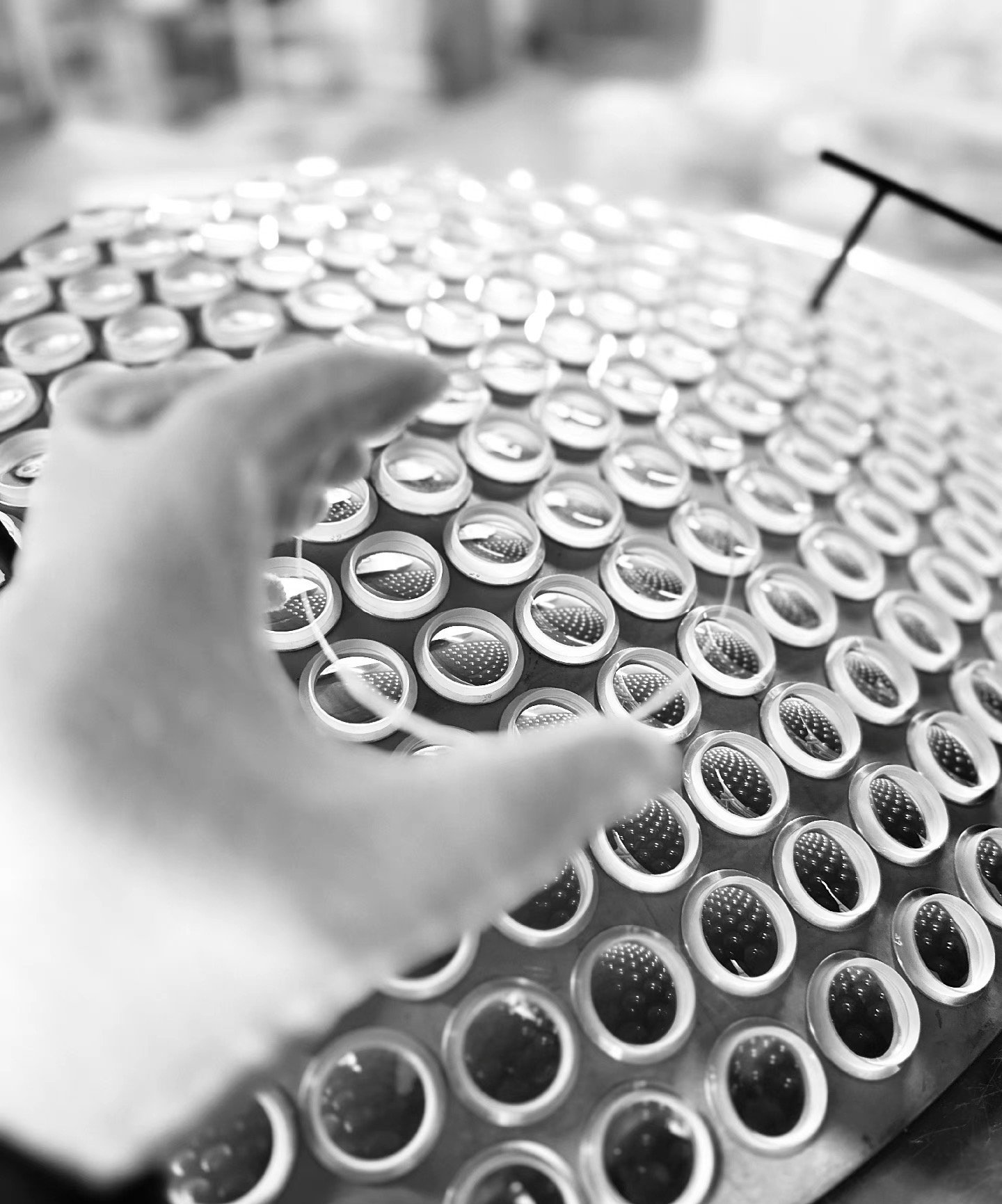
Sapphire Lens Overview
A sapphire lens is an optical element fabricated from high-purity α-Al₂O₃ (single‐crystal aluminum oxide). Because of its superior mechanical strength, excellent chemical resistance, and broad optical transmission, sapphire lenses are widely used in demanding environments where standard glass or quartz lenses would fail. Below is a concise introduction covering material properties, optical characteristics, advantages and applications, manufacturing processes, and common specifications.
1. Material Properties
-
Crystal Structure and Composition
Sapphire is the crystalline form of aluminum oxide (Al₂O₃) with a rhombohedral (trigonal) lattice. High-purity α-Al₂O₃ boules, grown via controlled methods, are free from grain boundaries and impurities, ensuring excellent internal homogeneity for optical use. -
Mechanical Hardness and Strength
On the Mohs hardness scale, sapphire ranks 9 (only diamond is harder at 10). This exceptional hardness provides outstanding scratch resistance and durability under high-impact or abrasive conditions. -
Chemical Inertness and High-Temperature Resistance
Sapphire is chemically inert to most acids, bases, and solvents, and has a melting point around 2040 °C. It remains dimensionally stable and does not degrade even under very high-temperature conditions.
2. Optical Characteristics
-
Broad Spectral Transmission
Sapphire offers high transmission from ultraviolet (UV, around 200 nm) through near-infrared (NIR, around 5 µm). In the visible range, its transmission typically exceeds 80%, making it suitable for UV, visible, and IR optical systems. -
Low Thermal Expansion Coefficient
With a linear thermal expansion coefficient of about 5.6×10⁻⁶ /°C (20 °C to 100 °C range), sapphire exhibits minimal dimensional change with temperature. This close match to metals or quartz reduces thermal stress in optical assemblies. -
Refractive Index and Birefringence
At 550 nm, sapphire’s ordinary index nₒ ≈ 1.768 and extraordinary index nₑ ≈ 1.760. Due to its anisotropic crystal structure, careful selection of cut orientation (along c‐axis or perpendicular) minimizes birefringence for high‐precision optical applications.
3. Key Advantages & Applications
-
Exceptional Abrasion and Impact Resistance
-
Ideal for military, aerospace, high-power laser optics, and rugged outdoor sensing where standard glass or quartz lenses are prone to damage.
-
-
Broadband Optical Window
-
Suitable for ultraviolet spectroscopy, laser systems (UV–IR), infrared thermal imaging, and spectroscopy instruments thanks to its wide spectral transparency.
-
-
Chemical and Thermal Endurance
-
Used as viewports and lenses in harsh chemical processing (CVD/PECVD reactors), high-temperature furnaces, and extreme-environment sensors.
-
-
Resistance to Laser-Induced Damage
-
In high-power laser focusing or laser delivery systems (marking, cutting), sapphire lenses sustain high-energy beam exposure with minimal thermal lensing or optical distortion.
-
-
Biomedical and Medical Device Use
-
Sapphire lenses, especially with biocompatible coatings, are employed in medical endoscopes, laser surgical tools, and diagnostic imaging where sterilization and corrosion resistance are critical.
-
4. Manufacturing Process Overview
-
Single Crystal Growth
-
Large-diameter sapphire boules are commonly produced via the Modified Heat Exchanger Method (HEM) or the Kyropoulos process, followed by annealing to relieve internal stresses.
-
-
Orientation and Cutting
-
The boule is oriented (e.g., c‐axis, a‐axis) according to optical design. Diamond wire saws or diamond blades slice the boule into blanks with precise crystal orientation to minimize birefringence effects.
-
-
Coarse Grinding and Shaping
-
Diamond grinding wheels remove bulk material to rough out the desired curvature (spherical or aspherical) and approximate thickness.
-
-
Precision Grinding and Polishing
-
Multiple stages of fine grinding (diamond or SiC abrasive) refine the curvature and surface roughness. Final polishing is done with colloidal silica or ceria slurry to achieve surface roughness Ra ≤ 1 nm and figure accuracy of λ/10 (λ=632.8 nm) or better.
-
-
Coating and Quality Inspection
-
Anti-reflective (AR), high-reflective (HR), or mid-IR coatings may be applied by vacuum deposition to optimize transmission or reflection over specific wavelength bands. Interferometers, white-light interferometers, and profilometers verify surface figure error, thickness tolerance, parallelism, and surface roughness.
-
5. Common Specifications & Custom Options
-
Spherical vs. Aspherical Lenses
-
Spherical lenses: Typical diameters range from Ø1 mm to Ø100 mm, with center thickness from 0.5 mm to 10 mm. Aspherical lenses are machined by CNC grinders and polished to correct spherical aberration and improve imaging performance.
-
-
Dimensional Tolerances and Surface Quality
-
Standard tolerances: Diameter ±0.05 mm, center thickness ±0.02 mm. Surface figure often specified as λ/10 or better; surface roughness Ra ≤ 1 nm.
-
-
Crystal Orientation & Cut Options
-
Lenses can be cut with their optical axis along the c‐axis, a‐axis, or any tilt angle to control birefringence and polarization effects. Custom orientations are available per design requirements.
-
-
AR/HR Coating Wavelength Ranges
-
AR coatings can be designed for UV (e.g., 250–400 nm), VIS (400–700 nm), NIR (700–2500 nm), or broadband (250 nm–5 µm). High-reflective coatings for specific laser lines (e.g., 1064 nm) are also offered.
-
